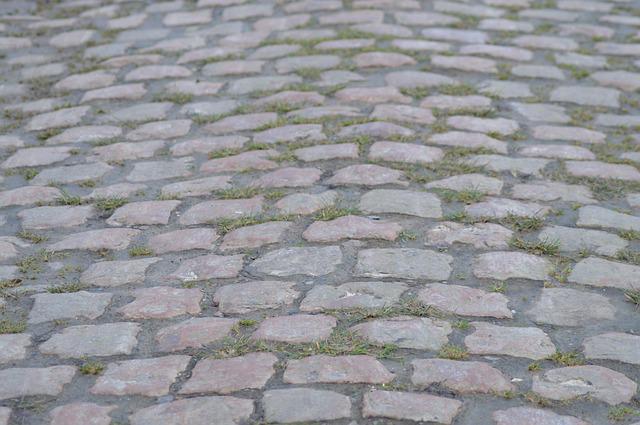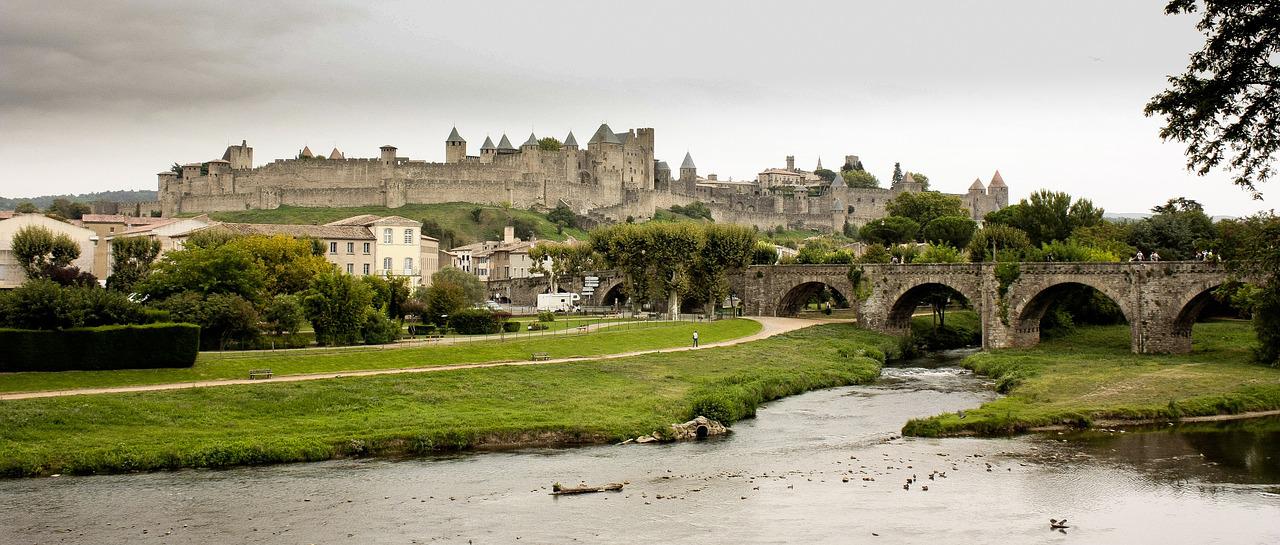A wondrous Tour de Culture
While the Tour de France is undoubtedly one of the most important events in the world’s sporting calendar, it is also an eye-opening cultural experience like no other. The Tour’s history is intertwined with France and the French people, as well as every other country it has visited since the first edition in 1903.
In 2022, the race visits three corners of France as well as Denmark, Belgium, and Switzerland on its long road to Paris. Today we’ll be diving into the storied histories, culture, and cycling significance of just a few of the spectacular locations of the 2022 Tour de France. It’s time to go put on your best exploring gear and delve into the culture of this year’s race.
The Roubaix area and its famous cobbles
When it comes to cycling, few places hold such significance as the town of Roubaix in northern France. Roubaix is currently home to just under 100,000 people who speak a variant of French known as Roubaignot. This slight variation is due to the towns chequered past when it comes to Flemish conquest, with the leaders of the Belgian region often ruling Roubaix too. This connection to Flanders is perhaps most important when it comes to cycling though, as the regions are both home to some of the most famous cobbled roads in the world.

These cobbles make up the parcours of the area’s most famous event, Paris-Roubaix. One of the oldest events in cycling and one of the five Monuments. Finishing in the fabled open-air velodrome in the heart of Roubaix, a victory here is one of the most coveted titles a rider can take.
Despite stage 5 not directly passing through Roubaix, the day was focussed on the area’s cobbles. This saw many of the riders, fans, and media reference the town throughout the day. The stage was even nicknamed ‘mini-Roubaix’ by some riders. The town has a truly special place in every cycling fan’s heart, perhaps now even more so for Simon Clarke who took the stage win.
View this post on Instagram
Lausanne: The Olympic City
It may be the Tour de France, but as mentioned earlier the race spends plenty of time in other countries almost every year. The 2022 edition really has pushed the boundaries of this for some fans, but nevertheless we’ve been treated to some truly stunning vistas and architecture.
Speaking of architecture, the city of Lausanne is famed for it. It was at the forefront of the Ancien Régime, with the aristocracy at the time being responsible for some of the magnificent buildings that are now part of the city’s urban centre.
Lausanne is also known as the Olympic city, with the IOC’s (International Olympic Committee) headquarters being located there. This of course makes Lausanne one of the most important cities in world sport as many of the decisions that affect sporting events and people are made right there.
Alpe d’Huez and Bastille Day
Few climbs in cycling hold such gravitas as Alpe d’Huez – its mere mention can send shivers down the spine of the very best climbers in the peloton. It’s significance to the Tour de France is rivalled by perhaps only Mont Ventoux, and it once again features on the route of this year’s race.
The climb is most well-known for its 21 hairpins, with each of the switchbacks being named after a previous winner on the climb. Though there have now been so many different victors that some turns have two names next to them. The most famous of these switchbacks is Dutch corner, a turn like all the others but painted orange by hordes of Dutch fans cheering on their homeland heroes.
The Alpe, as it is known to cycling fans, holds extra weight this time around though, especially for anyone of a French persuasion. The reason for this is that it will appear on Bastille Day, one of the most important days of the year for the people of France. Bastille Day marks the anniversary of the beginning of the French revolution of 1789, which was sparked by the storming of the Bastille.
With Bastille Day almost always crossing over with the Tour, the organisers tend to lay out a special route to mark the occasion. Having Alpe d’Huez on the menu this time around, you can be sure that people will be watching as the celebrations kick off. If a home rider can snatch the stage win, it will be pandemonium across the country.
Medieval Carcassonne
Now I could ramble on about the wonders of Paris and its cultural heritage, but we’re all aware of what the capital city can offer, not to say it isn’t a wonderful place to visit though. Instead, I’ve opted to take you to Carcassonne, the finishing city of stage 15.
Home to a 12th century citadel, Carcassonne is a city steeped in medieval history. The citadel has been at the heart of the city for centuries and has been worked on throughout the years. The most notable contribution to the long-term protection of the citadel came from Viollet-le-Duc, a 19th century theorist who championed the widespread conservation of French architecture.

The medieval nature of the city also inspired a popular strategy-based board game, named after Carcassonne.
In terms of its cycling heritage – certainly this side of the Channel – the city is most famous for being the place where Mark Cavendish equalled Eddy Merck’s tally of 34 stage wins at the Tour de France. Cavendish won’t be there to break the record in Carcassonne, but there will likely be another fierce bunch sprint on the open boulevards of the city, providing the anticipated crosswinds don’t cause too much trouble.
View this post on Instagram
Reims and Women’s Cycling
The Tour de France Femmes will be just two days old when it reaches the start line in Reims, the capital of the world-renowned Champagne region for the start of stage 3.
Reims is a place that is intrinsically linked to the aristocracy, as it’s where the pre-revolutionary kings of France would be coronated. The event would always occur within the majestic Reims cathedral, with the crown of Charlemagne being transferred from one ruler to another.
The city is also one of the most important in the history of women’s cycling, as it was here that the very first World Championships were held. This saw Luxembourg’s Elsy Jacobs take the title and the prestigious rainbow bands in 1958.
Stage 3 of the Tour de France Femmes will take the riders from Reims to Épernay. This is another town close to the Tour organisers’ hearts, being the location of Julian Alaphilippe’s famous stage win and taking of the yellow jersey in 2019.
This is just a small selection of the amazing locations that the Tour de France will visit in 2022, with many more sights to be discovered along the route. If you want to go see these places on two wheels for yourself, make sure to take out Yellow Jersey cycle travel insurance to ensure you have the protection that you need.